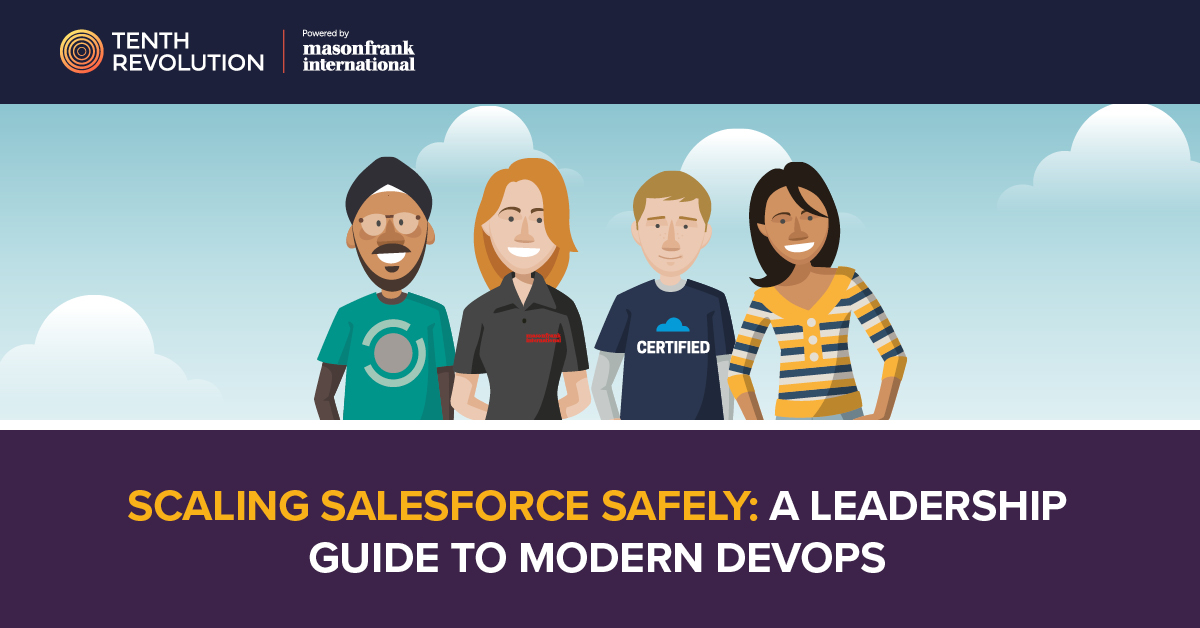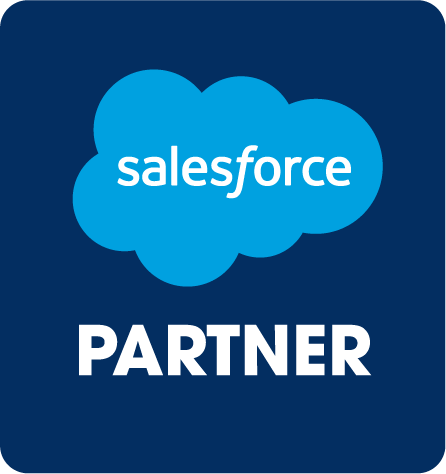
Every business leader wants a complete, accurate view of the customer that everyone across the company can trust.
The challenge is that data rarely lives in one place. Customer information often sits across warehouses, lakehouses, and business applications that do not communicate well. This creates gaps that slow teams down and cause inconsistent customer experiences.
Salesforce Data Cloud, especially when integrated with platforms such as Snowflake and Databricks, is helping businesses close those gaps. It connects systems so that teams can use reliable, real-time data without constant duplication. For leaders, this means clearer insights, faster decision-making, and a stronger foundation for AI.
Understanding Salesforce Data Cloud
Salesforce Data Cloud is a customer data platform (CDP) designed to unify information from across a company. It can connect directly to databases such as Snowflake and Databricks through a process called data federation, which means Salesforce can access and query live data without copying it.
This matters because many companies already have complex data ecosystems in place. By linking rather than duplicating, Data Cloud lets marketing, sales, and service teams use the same trusted customer record.
For hiring managers, this shift means building teams that understand both Salesforce and enterprise data systems. Companies now need professionals who can manage integrations, govern data, and turn analytics into personalized engagement.
Mason Frank International helps organizations hire Salesforce specialists with Data Cloud expertise who can create secure, connected data environments that improve accuracy and collaboration.
Why governance and compliance come first
Data privacy and regional regulation are priorities for every enterprise. When data moves between systems, it becomes harder to control consent and compliance. Salesforce Data Cloud reduces this risk by allowing data to remain in its governed environment while connecting securely through federation.
This means that:
- Privacy rules travel with the data, protecting customer permissions at every stage.
- Compliance frameworks from platforms like Snowflake and Databricks stay in place.
- Access controls remain consistent, ensuring data is viewed only by authorized teams.
For executives, this makes scaling personalization and analytics safer and simpler. For employees, it means fewer manual checks and greater confidence in the data they use each day.
The people managing this process play a key role. Data Cloud engineers, governance specialists, and solution architects make sure teams can act on live customer data while maintaining control. These professionals are increasingly critical as compliance expectations continue to tighten across industries.
Connecting trusted data to AI
Artificial intelligence depends on good data. Tools such as Einstein Copilot and Agentforce, both part of the Salesforce ecosystem, can only perform well when they draw from accurate and up-to-date information.
By connecting Salesforce Data Cloud directly to platforms like Snowflake and Databricks, teams ensure AI is working from the latest and most reliable customer profiles. This improves predictions, automations, and recommendations across the business.
In practice:
- Sales teams see live account signals and can prioritize leads based on current activity.
- Service teams validate AI-driven resolutions against verified customer data.
- Marketing teams deliver campaigns that respond to behavior in real time.
For hiring leaders, this means recruiting people who understand how AI and data connect. Businesses need Salesforce professionals who can build pipelines, maintain governance, and monitor how AI uses customer information to keep automation safe and relevant.
Mason Frank International works with enterprises to find specialists who can manage this entire process, helping teams use AI confidently and effectively.
The impact for business and teams
When Salesforce Data Cloud is integrated with Snowflake or Databricks, organizations see improvements that go far beyond technology. Teams can collaborate more effectively because everyone is working from the same source of truth.
Key outcomes include:
- Faster campaigns and sales cycles, triggered by live customer actions.
- Consistent experiences across marketing, service, and operations.
- Reduced overhead, since fewer manual data processes are required.
- Stronger analytics, with insights available directly in Salesforce.
This creates a more agile, connected organization where employees can focus on solving customer problems rather than reconciling data. It also makes the business more appealing to high-performing Salesforce professionals who want to work in environments where data and systems are already aligned.
What leaders should do next
Executives can start by reviewing where teams lose time through data reconciliation or manual reporting. These areas often highlight where Salesforce Data Cloud can make an immediate difference.
The next step is aligning leadership around a single vision for how customer data should flow through the business. This includes defining roles and responsibilities for data ownership, governance, and AI readiness.
Finally, companies should secure the talent to build and manage this connected environment. The right Salesforce professionals can bridge the gap between IT and business functions, ensuring every department benefits from real-time, accurate data.


